Shaping a Regenerative Future at Greenbuild 2020
USGBC leaders on trends in reducing carbon emissions and what’s next for LEED.
The onset of the pandemic has dramatically affected our daily lives, as well as the use of buildings and spaces around us—and the issue of climate change has become more pressing than ever.
On the first day of the 2020 Greenbuild virtual conference, a group of U.S. Green Building Council leaders talked about health and well-being, decarbonization, renewable energy, water efficiency and resiliency and how LEED can help combat climate change.
READ ALSO: Top 5 LEED Platinum-Certified Buildings in the US
Melissa Baker, senior vice president for technical core at USGBC, moderated the panel. The speakers were Jennifer Sanguinetti, managing director for infrastructure development at the University of British Columbia; Corey Enck, vice president at USGBC; and Christopher Schaffner, founder & principal at The Green Engineer Inc.
LEED Positive
As it stepped into 2020, the USGBC laid out four pillars—sustainability, resilience, equity, health and wellness—to guide its work. These areas of focus have become even more important since the onset of the pandemic. And LEED Positive, a new vision designed to guide the ongoing development of LEED, now serves as a framework for green building design, construction, operations and performance.
LEED Positive sets the stage for a regenerative future through its four elements:
- Continued investment in today’s version of LEED (LEED v4.1)
- Performance category certificates that existing buildings can earn for categories such as water or energy
- More rigorous energy goals for existing buildings
- Required net-positive performance in carbon, energy and other LEED categories for both new developments and existing buildings.
LEED v4.1, a nearly $2 million investment that USGBC launched in late 2018, focuses more rigorously on material selection, air quality and human health and comfort. The program addresses building aspects such as carbon, energy efficiency, water conservation, site selection, material selection, day lighting and waste reduction.
Since many existing buildings are still unable to meet the minimum requirements to achieve LEED certification, LEED Positive has introduced category-level certificates available through USGBC’s Arc platform. As soon as it obtains a performance score, a project can earn a certificate for any or all the categories tracked within Arc (energy, water, waste, transportation and human experience).
Additionally, USGBC’s LEED Positive will require both new and existing buildings to accelerate their efforts to reduce their carbon footprint through certification levels and more stringent prerequisites.
Future Ready
According to Sanguinetti, who is the chair of the USGBC’s LEED Steering Committee, LEED v4.1 has been shaped by the market’s feedback on the 4.0 version. “The way 4.1 has developed has included an emphasis on things like simplification and transparency for the materials credits,” Sanguinetti said. This credits category is one of the most critical areas for teams who start their transition to the 4.1 version. And, keeping in mind the carbon reduction targets for 2025 and 2050, “we need to make sure that 4.1 is setting the stage for us to be able to move towards those targets,” she added.
In Schaffner’s opinion, the future of LEED is efficient, low-carbon and electric. In order for a city to become carbon neutral, the way buildings are designed and operated needs to be reviewed—and one of the first and most important steps in doing that is to stop using fossil fuels. The city of Boston, for example, has set a goal to become carbon neutral by 2050. In order to achieve that goal, Boston must focus on three key areas: Energy efficiency, electrification and renewable energy, Schaffner said, citing findings of the “Carbon Free Boston” report issued last year.
Future LEED will continue to address carbon reduction targets, Enck said. For example, in the Transportation category, the current version of the rating system had added options for no parking, car share and separating the parking from the lease—in addition to just reducing the parking footprint of a building.
One major credit that was overhauled in LEED v4.1 is electric vehicles. “This is another credit where we felt that LEED needed to adjust … We still have the requirements around charging stations, for 5 percent of your parking … but having EV-ready parking spots is now an option if your project is not able to or willing to install charging stations right now,” Enck noted.
For those projects with net-zero goals, the USGBC has developed a new rating system, LEED Zero, which was designed as an addition to a LEED certification. LEED Zero recognizes buildings that, over a period of 12 months, operate with net-zero carbon, energy, water or waste. The projects aiming for LEED Zero Waste certification need to have achieved GBCI’s TRUE Zero Waste certification at the Platinum level. The rating system also has a recently added design component: In addition to the 12 months of operational data, projects can also submit—during the design and construction review for LEED—the calculated design for net zero, according to Baker.

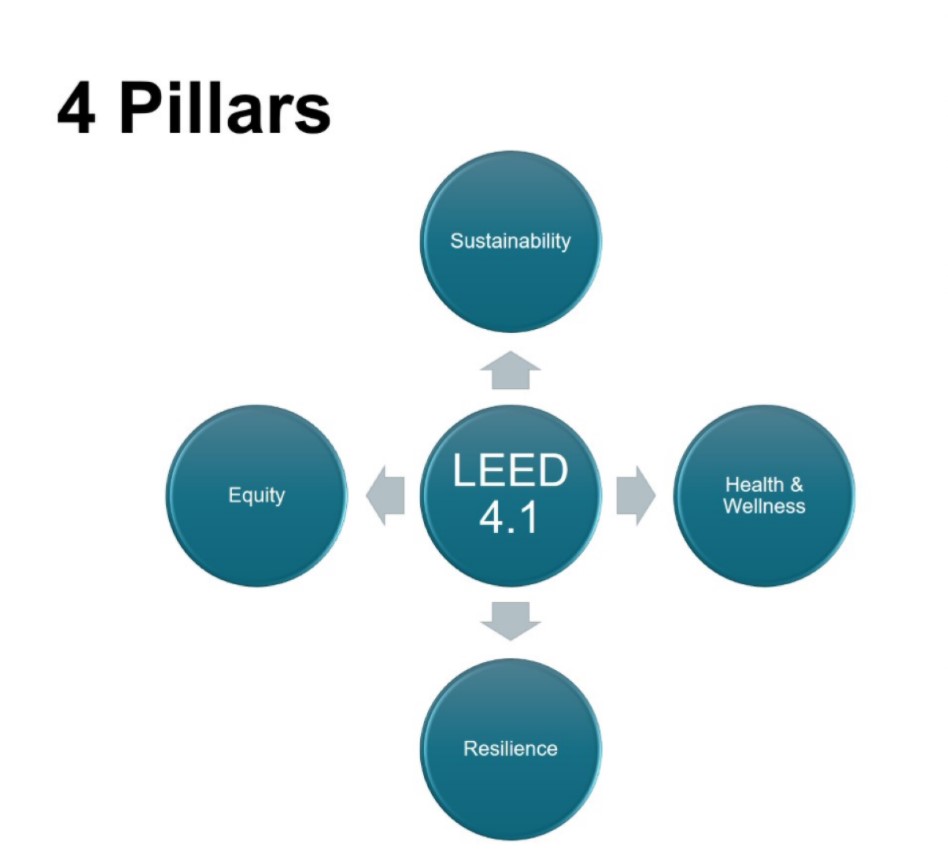
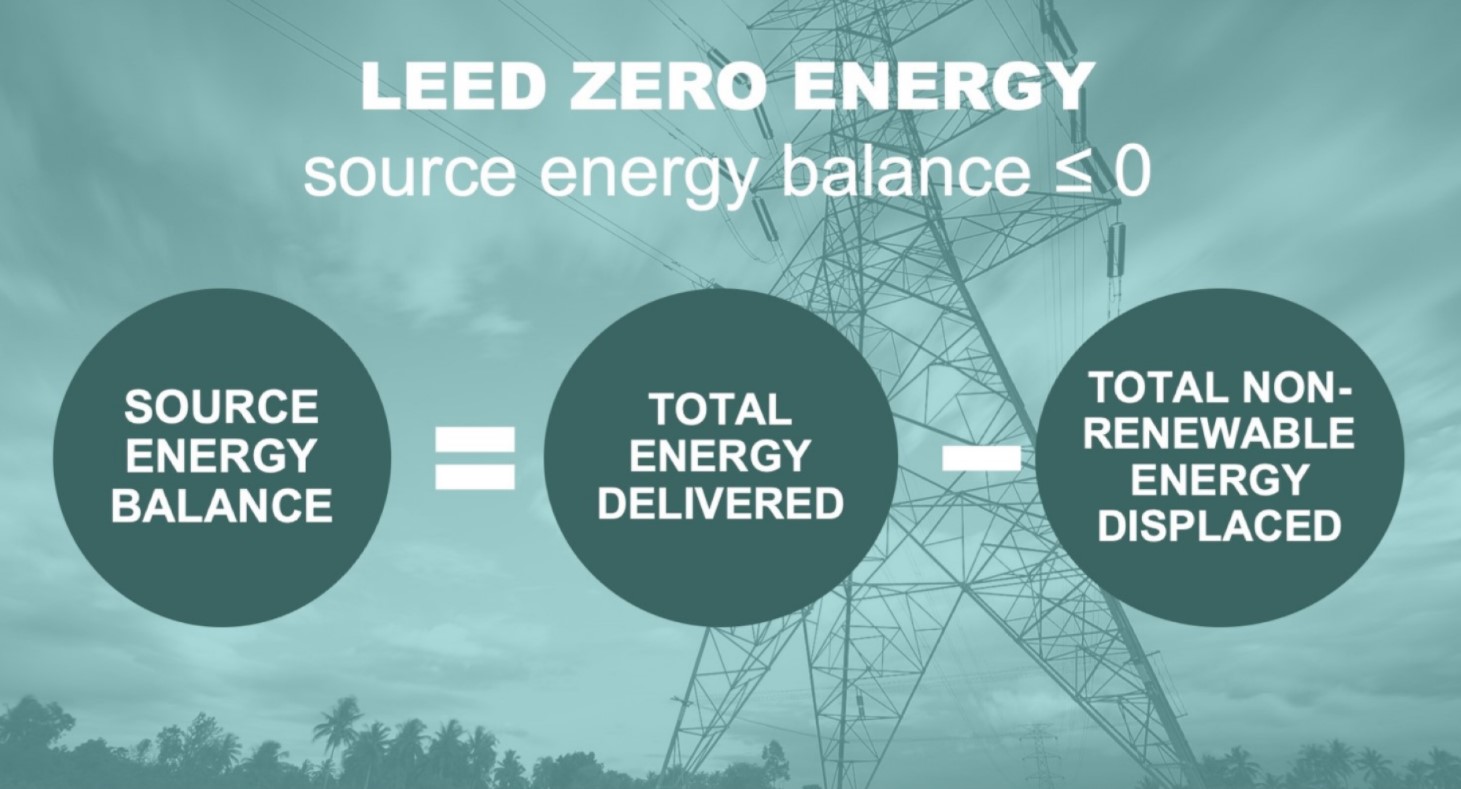


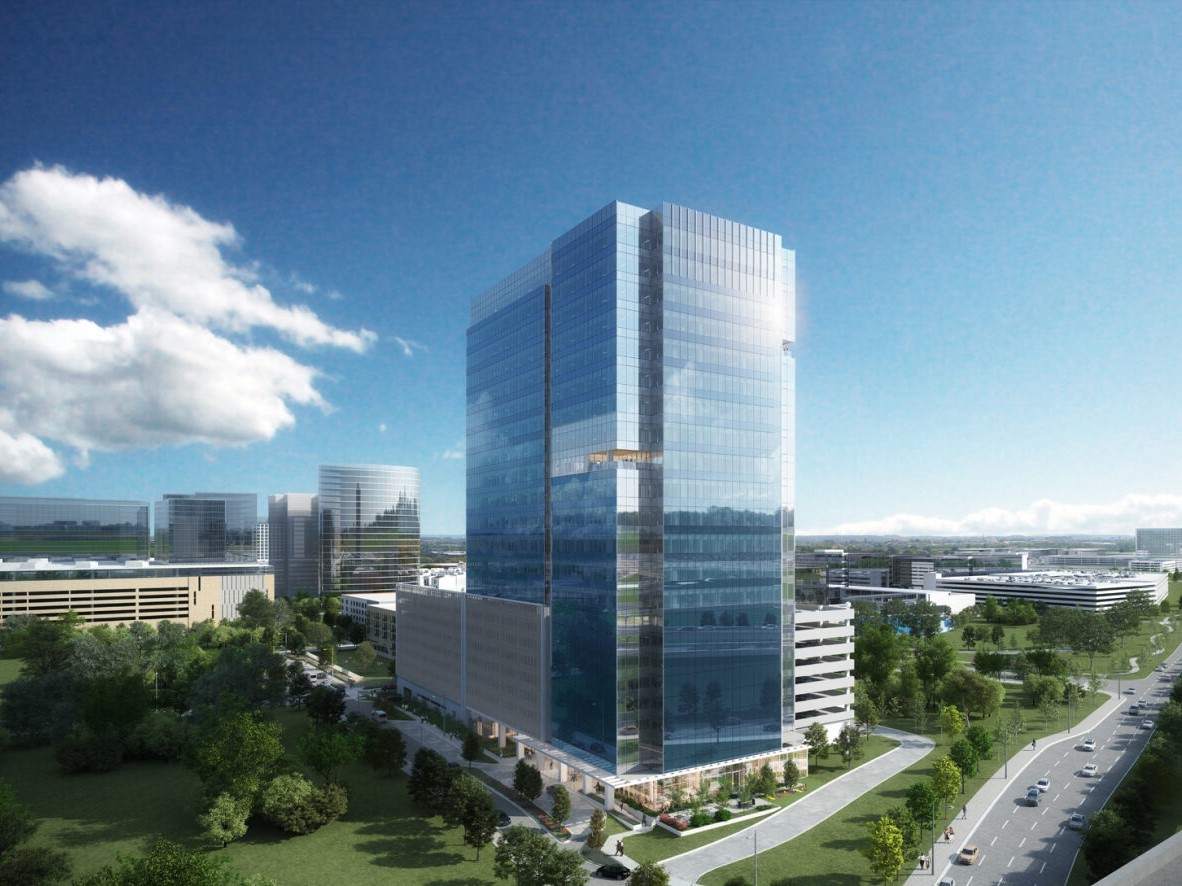
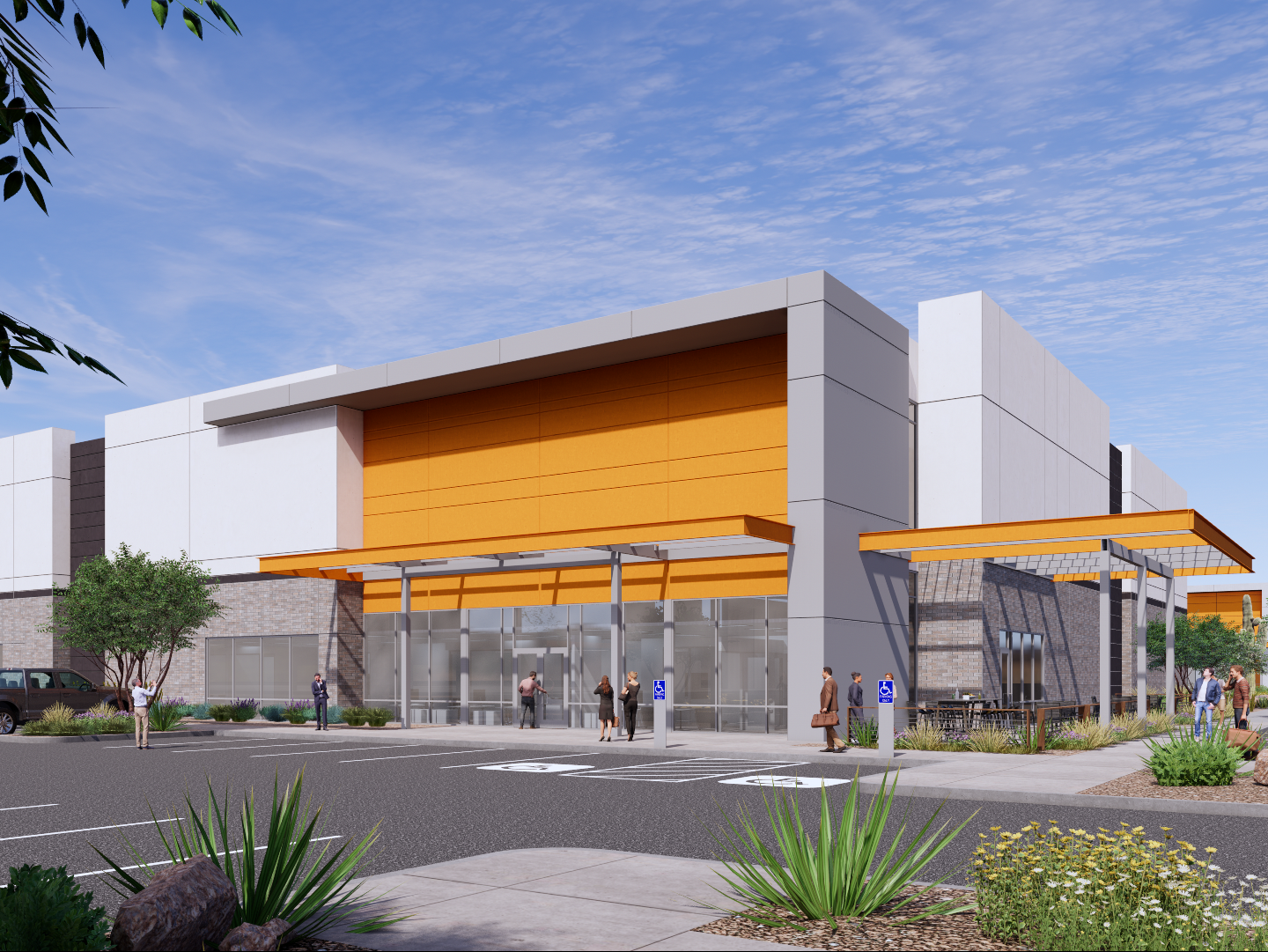
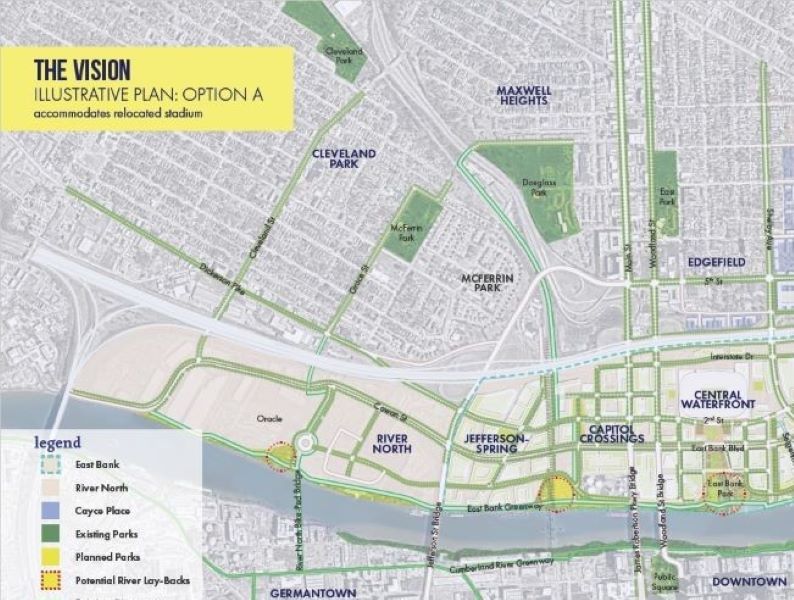
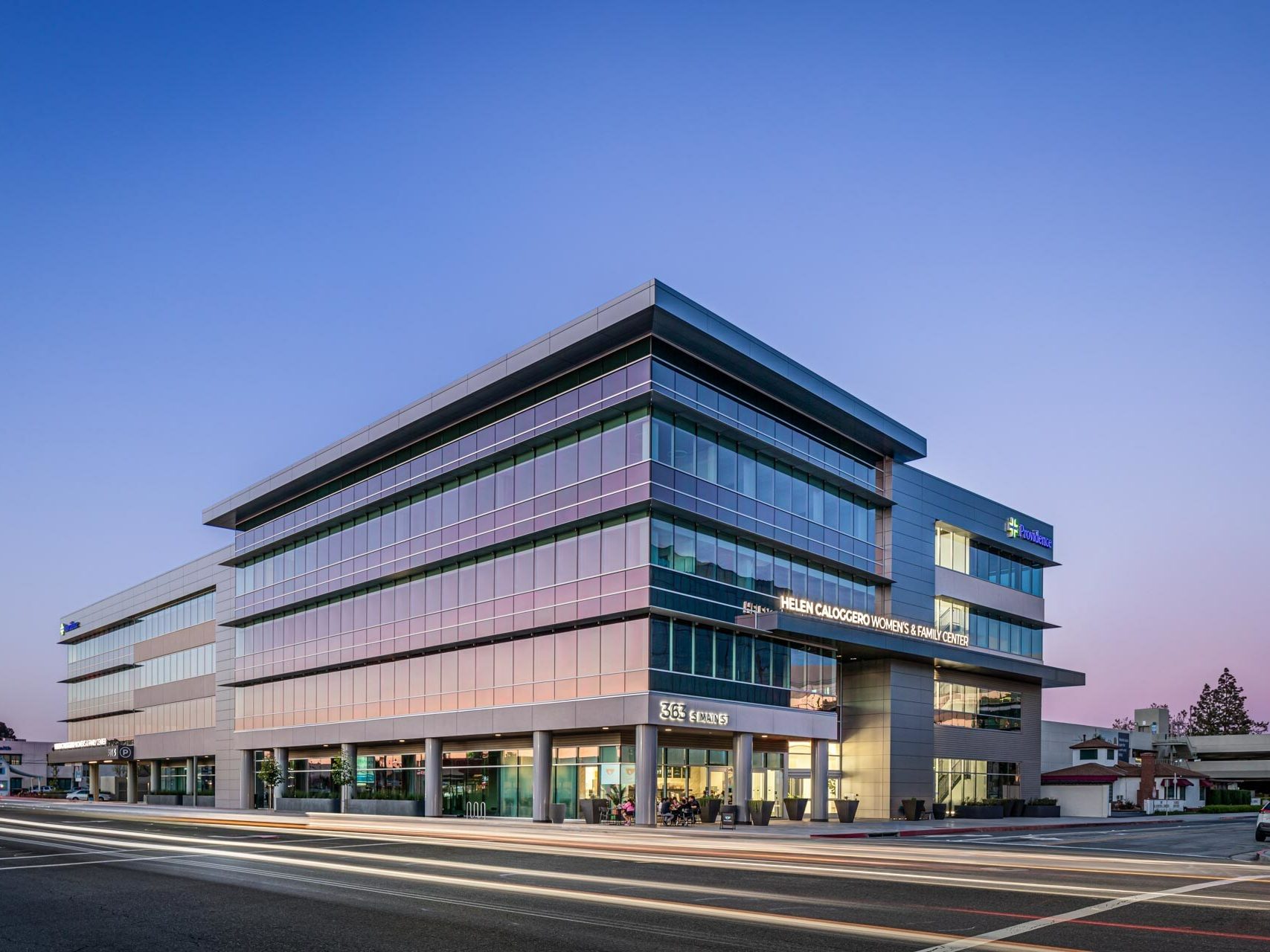
You must be logged in to post a comment.